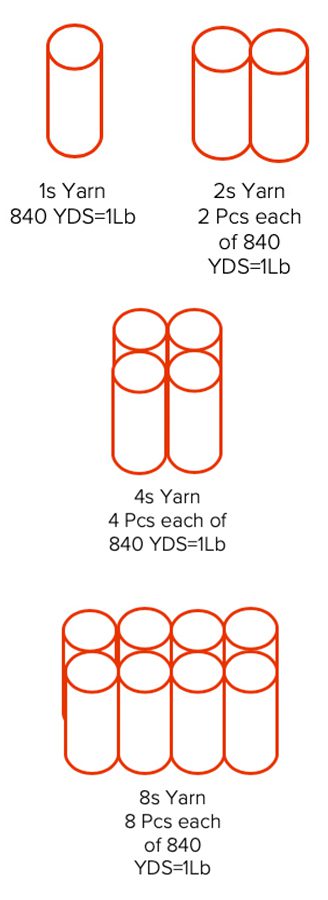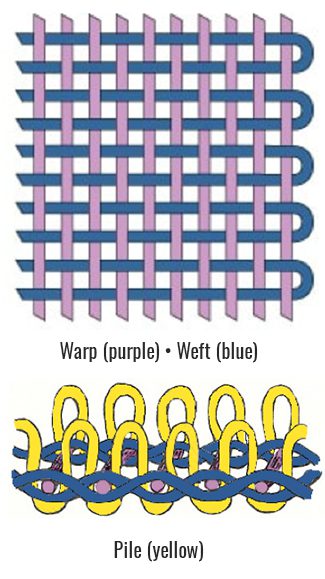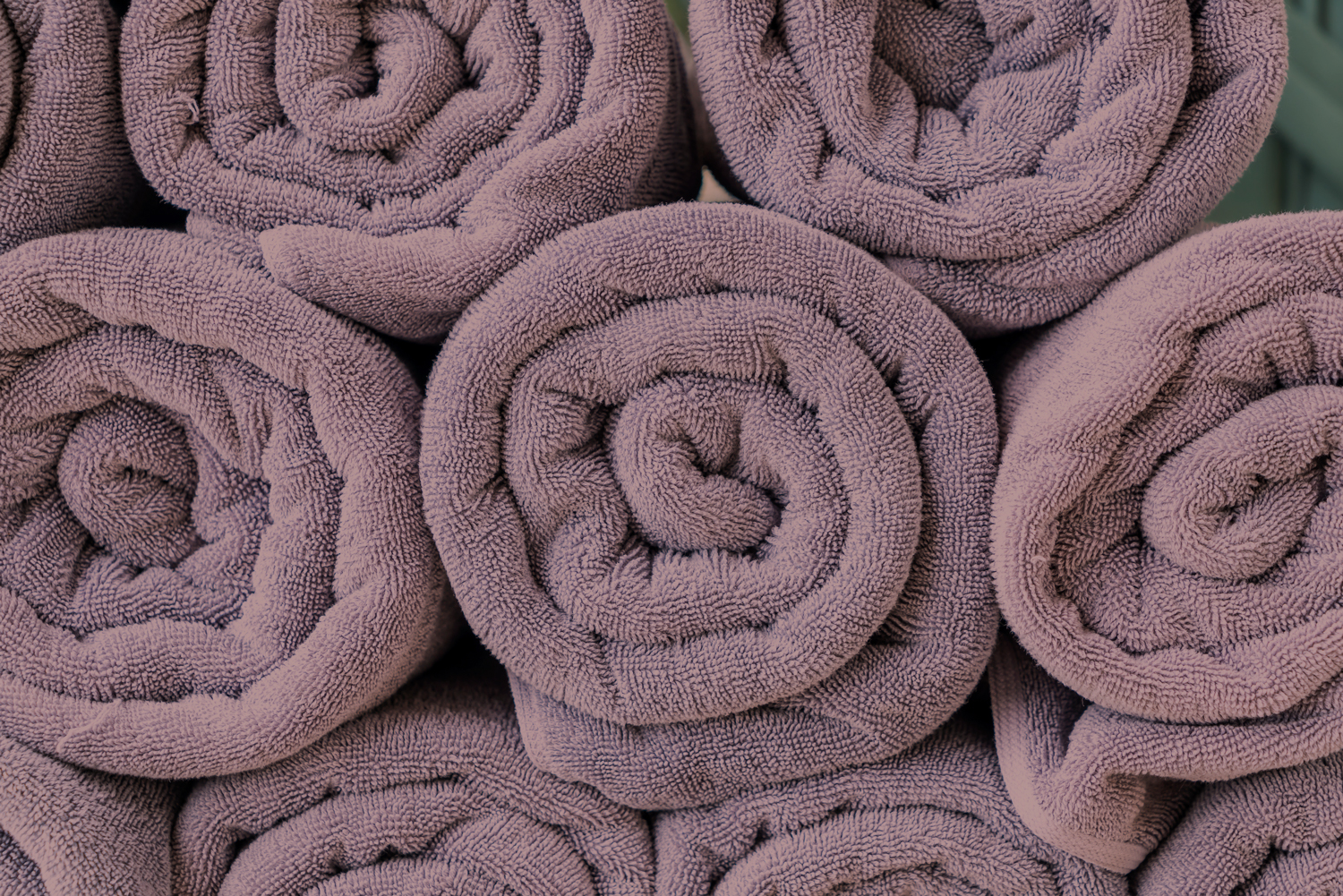Understanding how cotton is produced is essential to understanding textile manufacturing. Cotton production for textiles centers around the cotton fiber, a thread-like substance called the “staple”. Grown in warm drier climates, cotton requires 4-5 months of 60°F – 86°F weather. Although the textile industry has migrated east, The U.S. cotton industry still thrives, ranking third behind China and India.
The length of the staples determines the quality of cotton and different varieties of cotton have different lengths of staples. The longer the length, the better the cotton is for quality cotton textile production. Staple length varies from .375” to 2.25” depending on the variety and where it was grown. Temperature, fertility, and water stress all affect the length of the staple.
Types of Cotton
There are four main varieties of cotton:
-
Sea Island Cotton – This is the best quality of cotton in the world with the longest staple of 2.25”. Sea Island Cotton is grown in South Carolina, Georgia, Florida, and islands off the coast of these states. Sea Island Cotton is frost-sensitive and thrives in tropical areas with high humidity.
-
Pima Cotton – This strain is related to Sea Island and Egyptian cotton adapted to grow in more arid climates through a partnership between the U.S. Department of Agriculture and Pima Tribe Native Americans. USDA named the cotton after the Pima Tribe to honor the collaboration.
-
U.S. Cotton – U.S. cotton has the 3rd longest staple length and is grown in U.S. states where Sea Island cotton isn’t grown. The staple length varies but may reach a maximum of 1.5”.
-
Asian Cotton – This cotton is grown in countries like India, Pakistan, Japan, and China. It is the most common variety of cotton with a maximum staple length of 1.125”.
The thickness of the cotton staple also determines cotton quality. Finer longer staples yield higher quality yarn. Slim long staples can be spun together to create finer, stronger cloth.





 Tapash Bhattacharjee
Tapash Bhattacharjee



